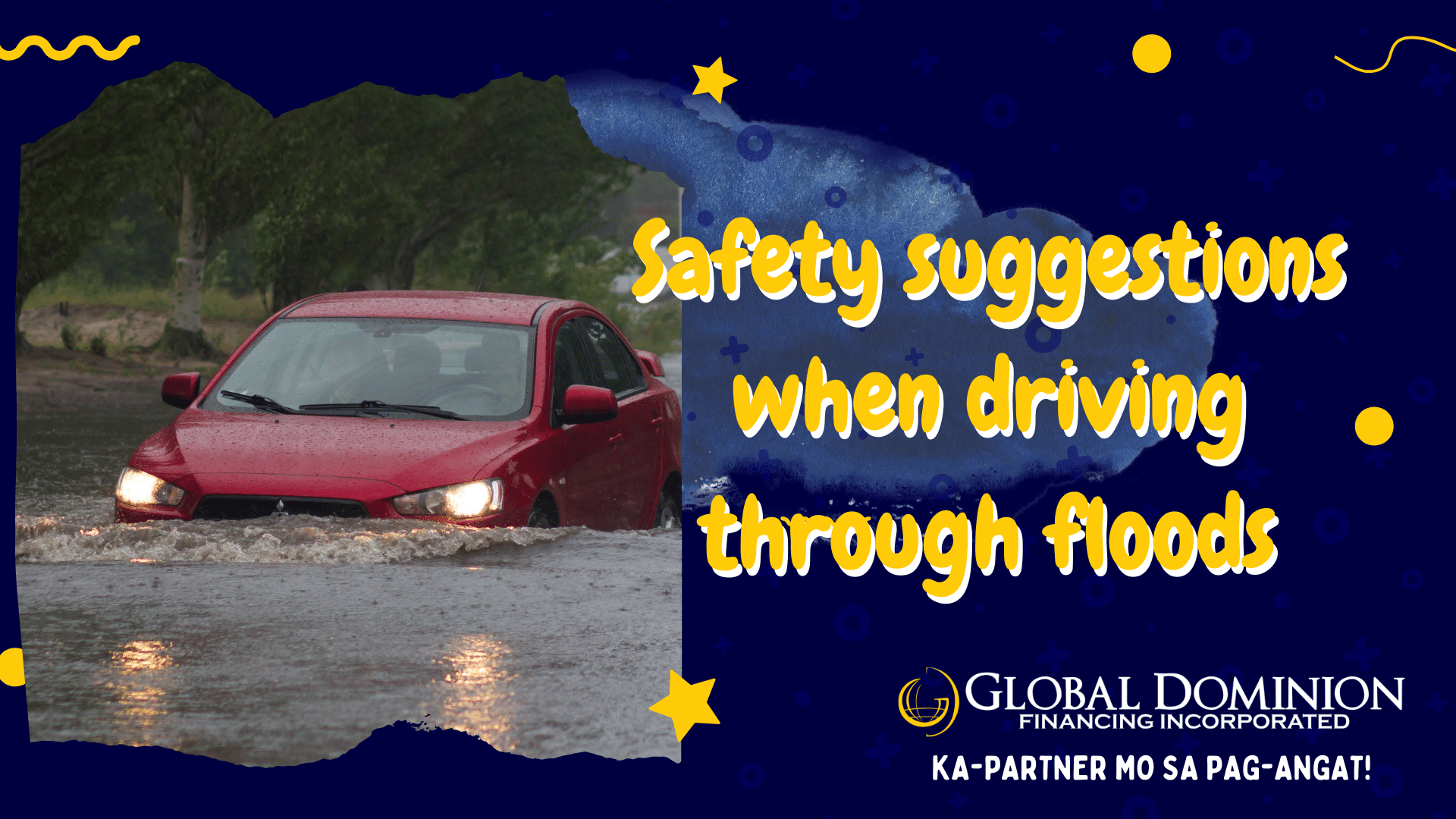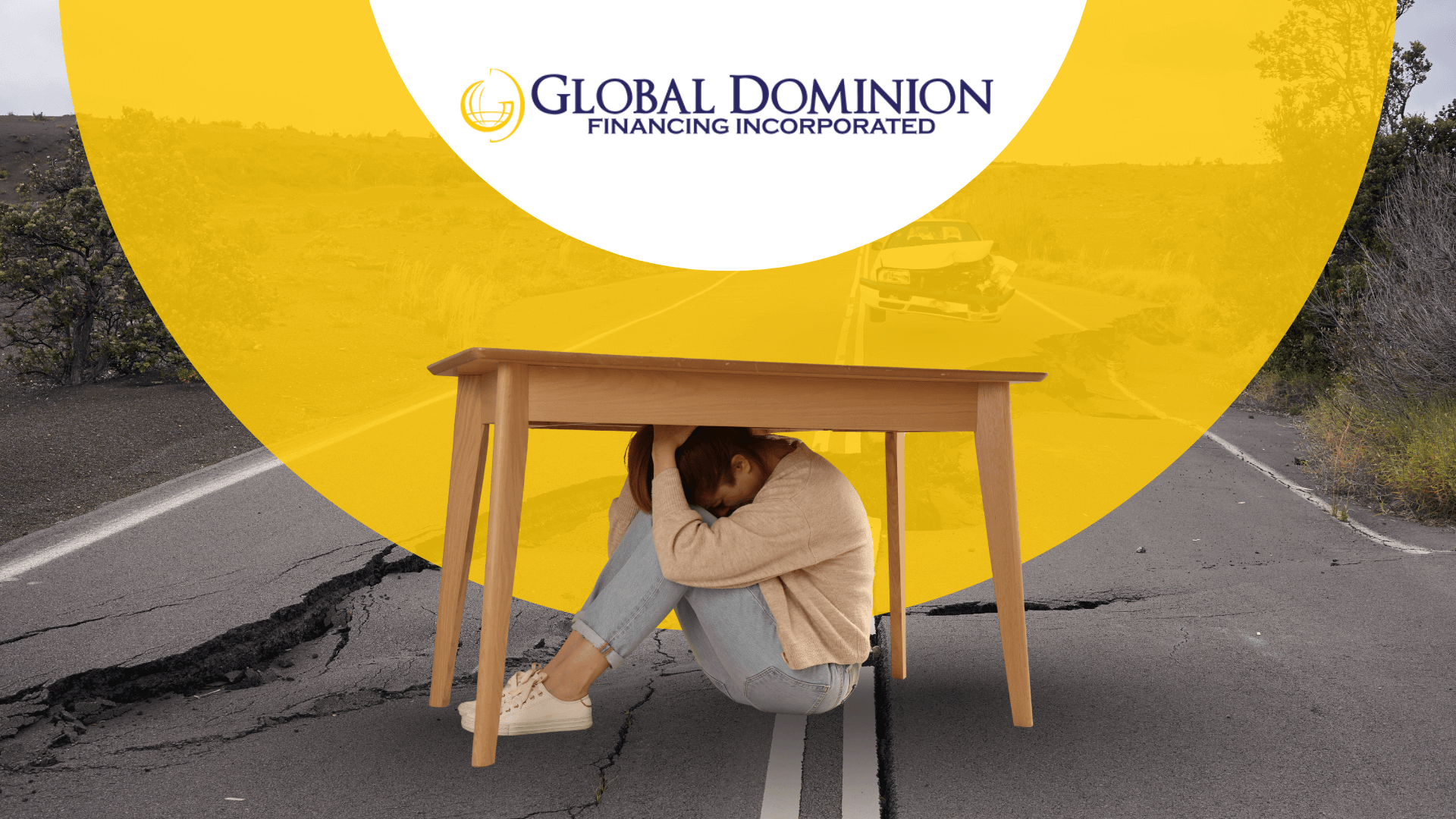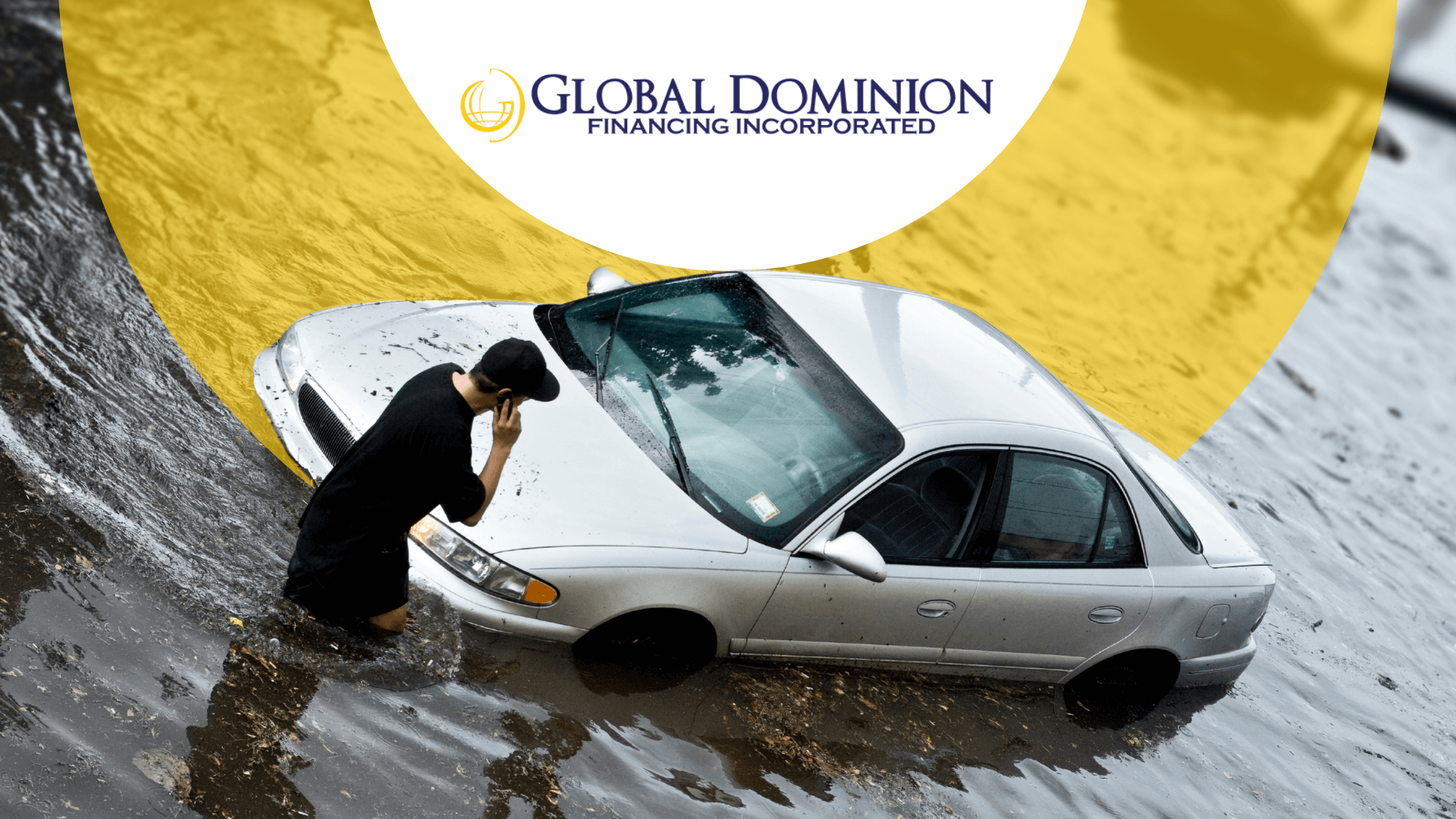Safety suggestions when driving through floods

Heavy rain showers are a feature of life in the Philippines, as it is a tropical country. Although the official weather bureau of the country announced the beginning of the dry season a few months ago, we saw an onslaught of a tropical depression in some parts of the country these past few weeks. It has resulted in devastating landslides, power interruptions, and flooding both in the provinces involved as well as areas surrounding them.
In the event of severe rain just like these past few days, many Filipino drivers are likely to meet a flooded street or two on their journey home from work. This is exacerbated if the heavy rain falls on top of congested roads and a lack of public transportation.
With that in mind, and in case you find yourself driving in the rain and the roadways morph into swimming pools, here are some safety precautions to keep in mind before jumping in.
Avoid driving on flooded roads if possible.
It’s best to avoid driving through flooded roads, whether you’re in an SUV or a small hatchback. This is because you never know what is beneath the water’s surface (open manholes, roadworks, deep potholes, etc.). Finding a different path, or better yet, staying in a secure spot and waiting for the flood to subside, is your best option.
If you want to keep going, utilize your preferred navigation software, such as Waze or Google Maps, to find a different path around the flood. These apps may also assist you in locating nearby flooded streets and directing you around them to get you where you need to go.
Assess the depth of the flood first.
If you have no option but to drive through a flood, you’ll need to first determine the depth of the flood before proceeding. If the water level surpasses the wheel’s center cap, turn back or wait it out, regardless of whether you’re driving a car, van, or SUV. Look for walkways, posts, or any other nearby structures that can help you determine the depth of the flood, or watch another car pass through.
Put it in first gear (or low gear if it’s an automatic transmission) and maintain a steady speed of 5 to 10 km/h if the water level is low enough. Make sure there’s adequate space between you and the vehicle in front of you, and don’t alter gears. Do not restart the engine if it has stalled. If feasible, get out of the car and push it to a safe location.
Brake pads should be dry.
After driving through the water, gently step on the brake pedal while driving slowly to dry the brakes. Wet brakes are ineffective and can get you into trouble. Stepping on the brakes will also assist remove some of the grit and debris that has accumulated on your rotors as a result of driving through the flood. In any event, it’s still a good idea to drive cautiously after a flood.
Examine, clean, and replace.
You can have your car evaluated by a mechanic or repair shop if you really want to be safe after driving through a flood. If water has seeped into the exhaust pipe or the engine, fluids and other parts may need to be replaced. It is suggested that the entire car be washed, including the underbody. In the long term, this might save you thousands of pesos on major repairs.
Driving through flooded areas necessitates extra attention and thought. Making the wrong decision could result in costly repairs or a total loss of the car. We hope these rainy-day safety precautions come in handy.
For more car safety and maintenance tips, visit our website for our regular blogs.





